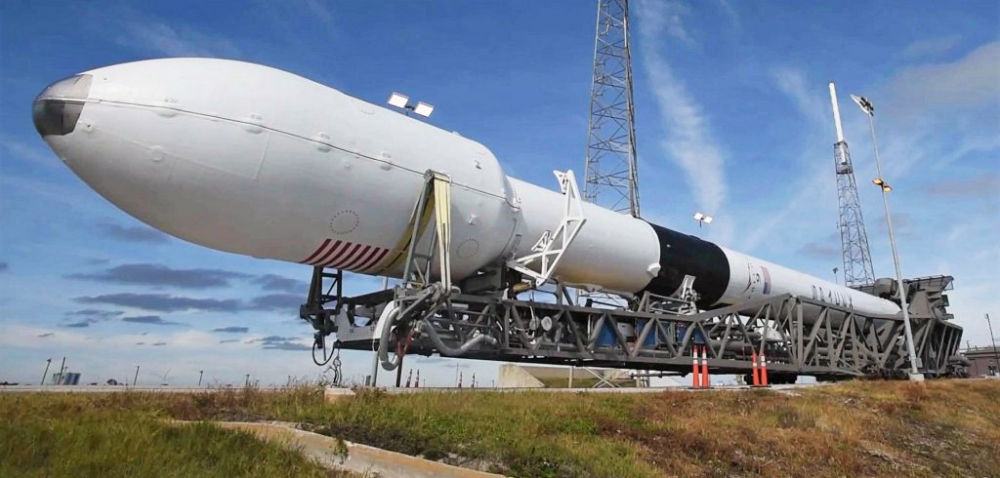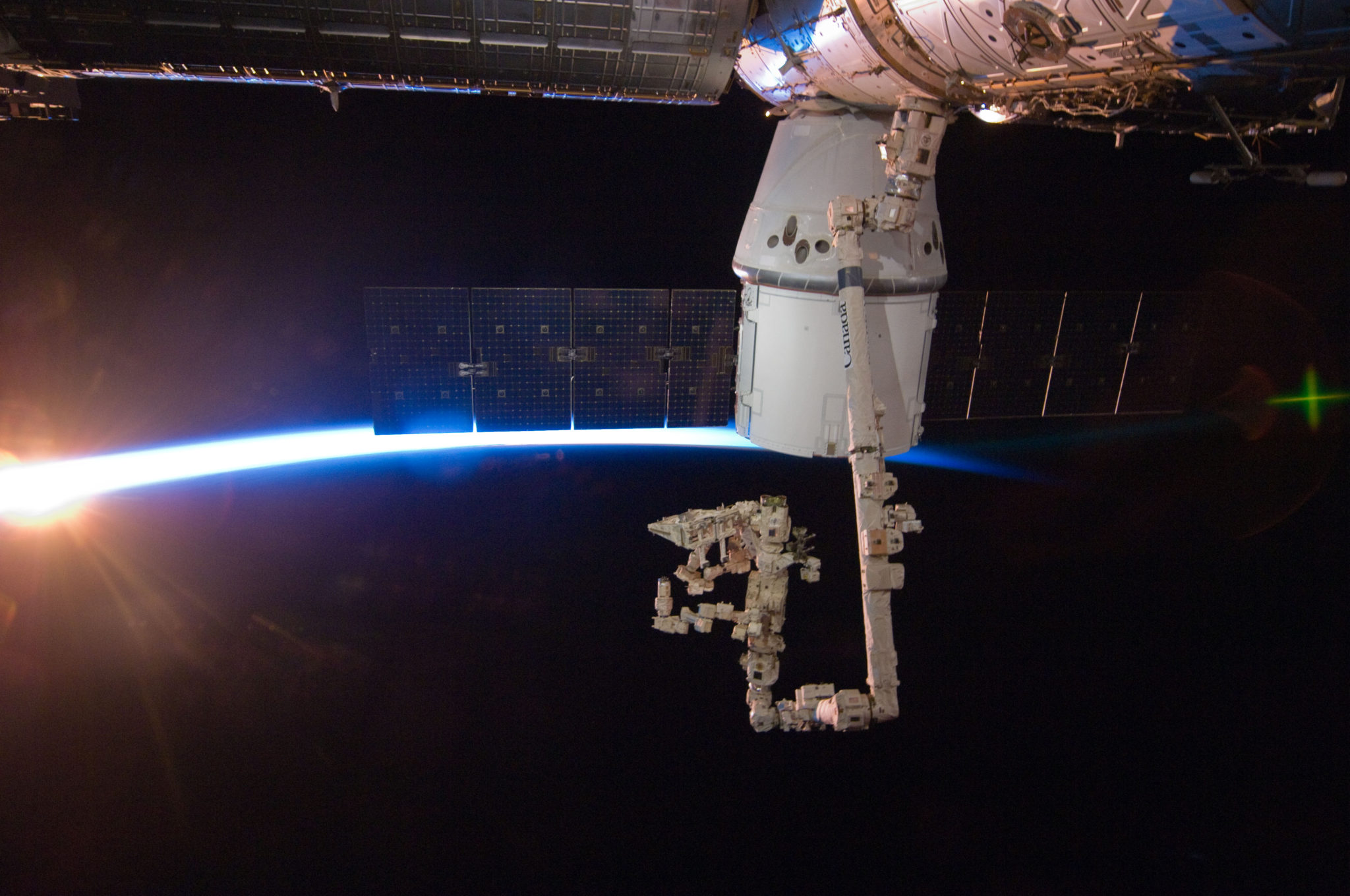Fact: The SpaceX Falcon 9 rocket, like the other cargo rockets that make their way into space or the International Space Station (ISS), use a multistage rocket process to do so.
A multistage rocket requires two or more stages. Each stage requires its very own engine and propellant. Rockets come in two different types: (1) A serial stage which requires the stacking of stages, or (2) a parallel stage which attaches to the rocket. Many of the old famous photos of rockets have utilized the parallel stage theme.

Essentially, the parallel stage contains liquid or solid boosters that attach parallel to the rocket, giving the rocket the extra thrust. Once the boosters have finished their objective, they are detached from the rocket using explosive charges.
In serial stages, like that of the Space X falcon 9 rocket launch, the rockets are stacked one on top of the other with the largest at the bottom. As each stage releases from the craft, the craft becomes light and requires less energy or thrust to achieve its objective. These flights are highly technical and complex with a numerous probability of something going wrong, which has been witnessed in several missions including the recent SpaceX Falcon 9.
Rockets with as many as 5 stages have been successfully launched. The advantage of using multistage rockets is that each rocket can be optimally utilized for the conditions and objectives it’s supposed to serve, overcoming many of the challenges lift off flights have.
Reference:
- Multistage rocket. (2022, January 29). Wikipedia. https://en.wikipedia.org/wiki/Multistage_rocket#:~:text=A%20multistage%20rocket%2C%20or%20step%20rocket%2C%20%5Bcitation%20needed%5D
- Multistage rocket. (n.d.). ScienceDaily. https://www.sciencedaily.com/terms/multistage_rocket.htm


